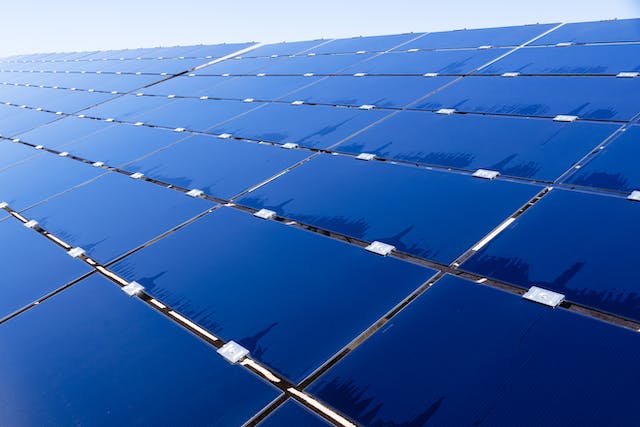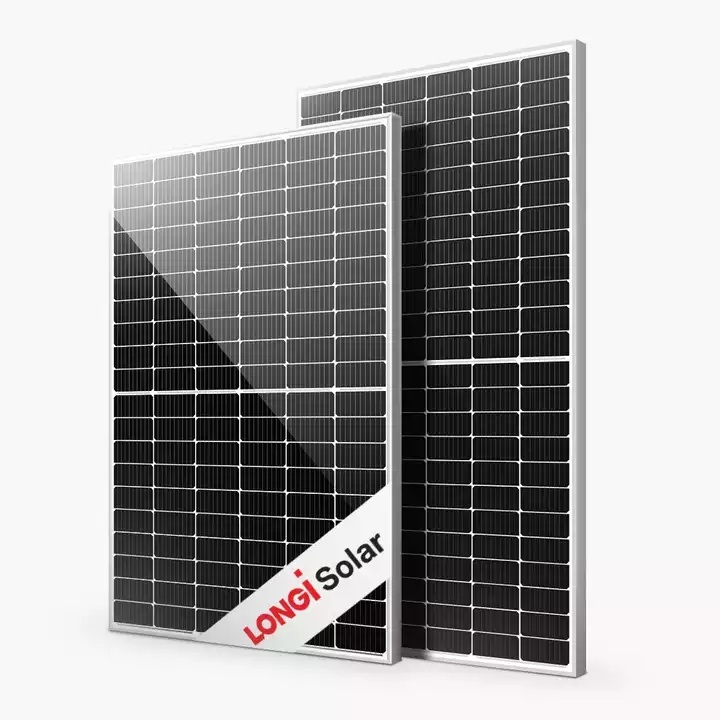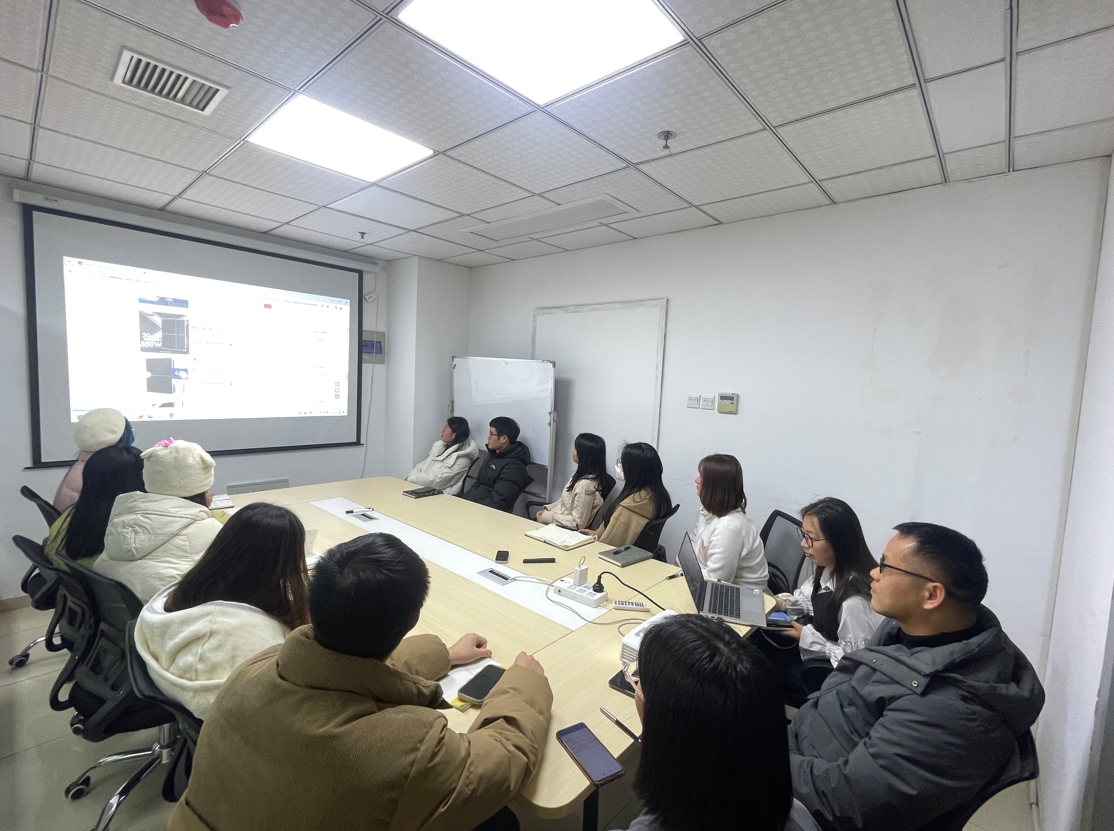Brighten the Holidays with Solar Christmas Candy Cane Lights
The holiday season is a time to light up homes and streets with cheerful decorations, and solar Christmas candy cane lights offer a perfect blend of festive charm and energy efficiency. These lights bring the classic holiday look of candy canes to life, illuminating pathways, driveways, and gardens with a warm, inviting glow. Powered entirely by solar energy, they provide an eco-friendly alternative to traditional electric decorations, making them a popular choice for environmentally conscious holiday enthusiasts.
The simplicity of installation of solar candy cane lights is one of its best qualities. You can put them anyplace there is direct sunshine because they don’t need outlets or electrical wiring. These lights can be used to create a stylish border around your garden or to line a pathway to greet guests. They operate hassle-free throughout the Christmas season because of their sophisticated solar light technology, which charges them during the day and illuminates them at night.

Another benefit of these solar holiday lights is their durability. Usually weatherproof and made for long-lasting performance, solar Christmas candy cane lights are made to survive the harsh winter weather. They are therefore perfect for outdoor use, even in rainy or snowy conditions. You may enjoy a bright and cheery Christmas display without worrying about energy expenses or tangled extension cables thanks to their dependable illumination provided by solar powered LED lamps.
These lights enhance any Christmas scene with a mystical touch in addition to their usefulness. Their lively hues and imaginative style produce a happy ambiance that is suitable for people of all ages. By choosing solar-powered decorations like candy cane lights, you’re not only spreading holiday cheer but also reducing your carbon footprint. It’s a modest yet significant way to sustainably celebrate the season.
Solar Lights Do, specializes in manufacturing and selling high-quality solar lights, including festive options like solar Christmas candy cane lights. With a focus on efficiency and durability, SLD provides reliable solar lighting solutions for outdoor use. Bring sustainability and charm to your holiday decorations with our products. Please visit www.solarlightsdo.com to explore more.






